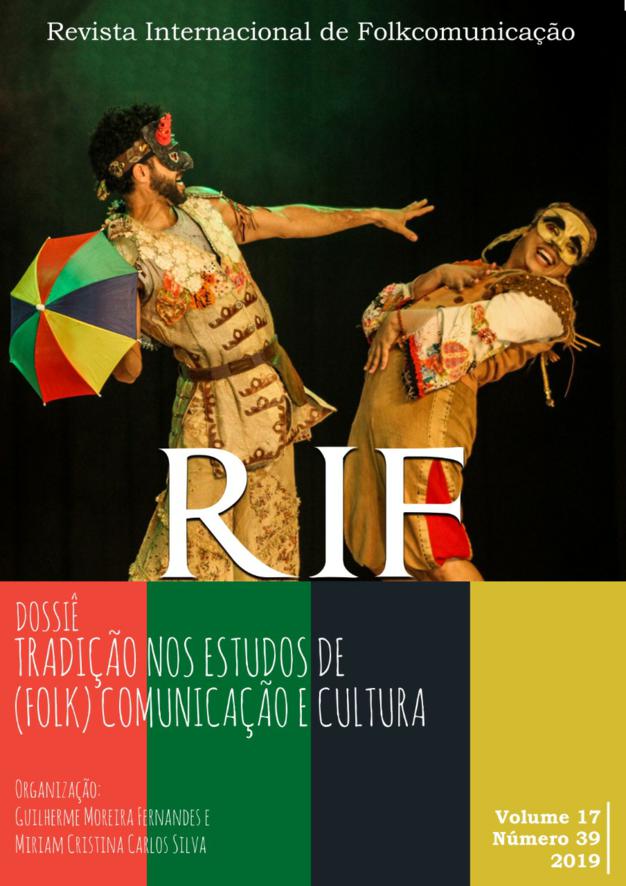Ternos de Reis and Tropeirismo : Folkcommunication processes between brightness and cultural loads
DOI:
https://doi.org/10.5212/RIF.v.17.i39.0006Abstract
In Vitória da Conquista, groups of Terno de Reis from ancient tropeiros and religious choirs perform in the Natal da Cidade project. Understood as a flow of massive communication, the event diffuses and feeds back a system of memory and identitary conflicts within the calendar of religious tradition anchored at the heart of local festivities. This article presents results of research that analyzed the conjunctures and intermediations of Ternos de Reis, Tropeirismo, and choirs in their relations of sociability and representativeness within the media chain of the party. An interdisciplinary methodology was adopted that prioritized the ethnographic fieldwork. At the end of the whole process, it was concluded that there is an unequal force relation between the presented attractions, whose inequality is evidenced as coming from the historical process, amplified by the model of spectacularization and social representation. Folkcommunication; Memory; Natal da Cidade Project; Terno de Reis; Tropeirismo.
Downloads
Downloads
Published
How to Cite
Issue
Section
License

Este obra está licenciado com uma Licença Creative Commons Atribuição 4.0 Internacional.
Os autores são responsáveis, em qualquer que seja o formato do texto, pelas opiniões expressas ou indiretas presentes em seus respectivos trabalhos, não endossáveis pelo Conselho Editorial e pelos editores da Revista, bem como pela autenticidade do trabalho. Ao publicar trabalhos na Revista Internacional de Folkcomunicação, os autores cedem automaticamente os direitos autorais à publicação para veiculação das produções acadêmicas, sem ônus para a Revista. Os autores detêm os direitos autorais do texto para o caso de publicações posteriores e concedem à Revista Internacional de Folkcomunicação o direito de primeira publicação, com o trabalho simultaneamente licenciado sob a Creative Commons Attribution License, que permite o compartilhamento do trabalho com reconhecimento da autoria e publicação inicial nesta Revista. Por serem publicados em revista de acesso livre, os artigos são de uso gratuito, com atribuições próprias, em atividades educacionais e não-comerciais, sendo permitida a publicação simultânea em repositórios institucionais.































